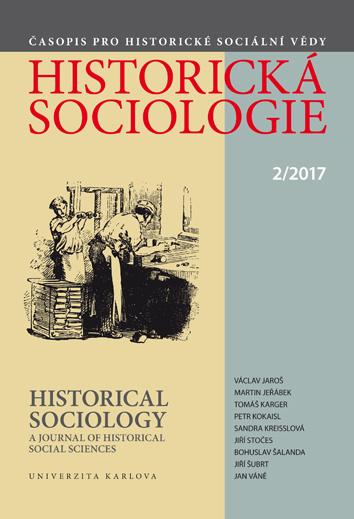Social and Cultural Aspects of Self-appointment in Russia
Social and Cultural Aspects of Self-appointment in Russia
Author(s): Bohuslav ŠalandaSubject(s): Social Sciences
Published by: Univerzita Karlova v Praze, Nakladatelství Karolinum
Keywords: self-appointed czar; Stenka Razin; Jemeljan Pugatshov; Cossaks revolted; Stepan the Small
Summary/Abstract: This essay is a study of self-appointed Czars, which is closely related to Russian political and historical traditions. In Russia, unique traditions of government existed, specific due to their use of historical references, as well as different utopias and ideals (for example a returning Czar-liberator). These are, in fact, particular symbols of power that were also present in the peasant uprisings of the Cossacks (led by Ivan Bolotnikov, Stenka Razin, Jemeljan Pugatshov and other lesser-known historical figures). On a social level, the Czar’s self-appointment is one of the established forms of antifeudal protest. On a political level, it represents a struggle for power. Its religious significance must also be emphasized. The behaviour of the self-appointed Czar also contains strong elements of carnival behaviour and is thus related to fictitious emperors in folk rituals and costumes. There were several waves of Czar appointments in Russian history, as represented by Dimitri (died in 1591) and Peter III. Part of the essay focuses on a self-appointed Czar from Montenegro, the adventurer Stepan the Small, who ruled succesfully between 1767–1773. He claimed to be Czar Peter III who in actual fact had been deposed and killed in 1762 on the orders of his wife Catherine II. The following is a part of larger research project about the reception of authority and power, from a transcultural point of view.
Journal: Historická sociologie
- Issue Year: 9/2017
- Issue No: 2
- Page Range: 121-131
- Page Count: 11
- Language: English

